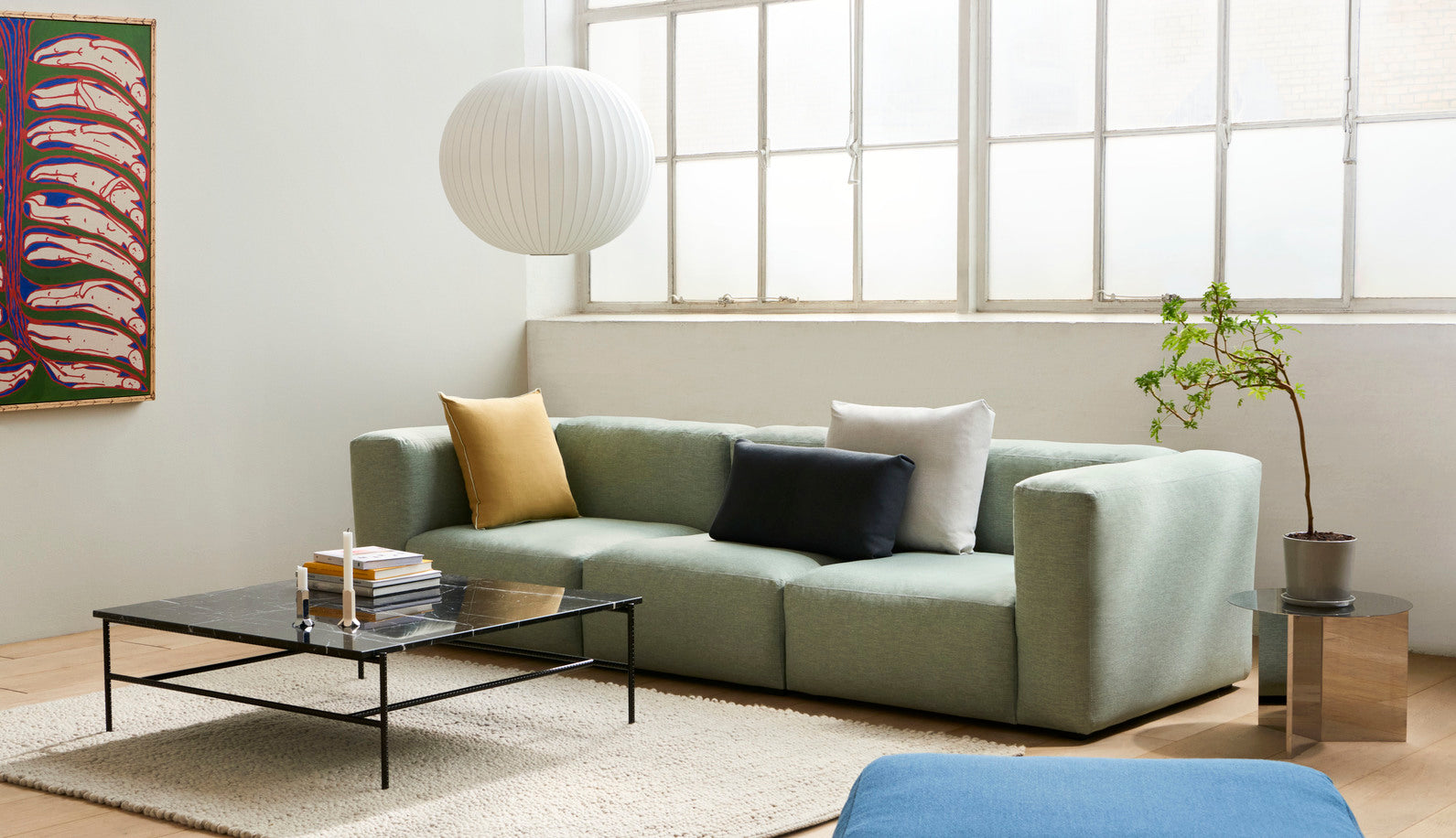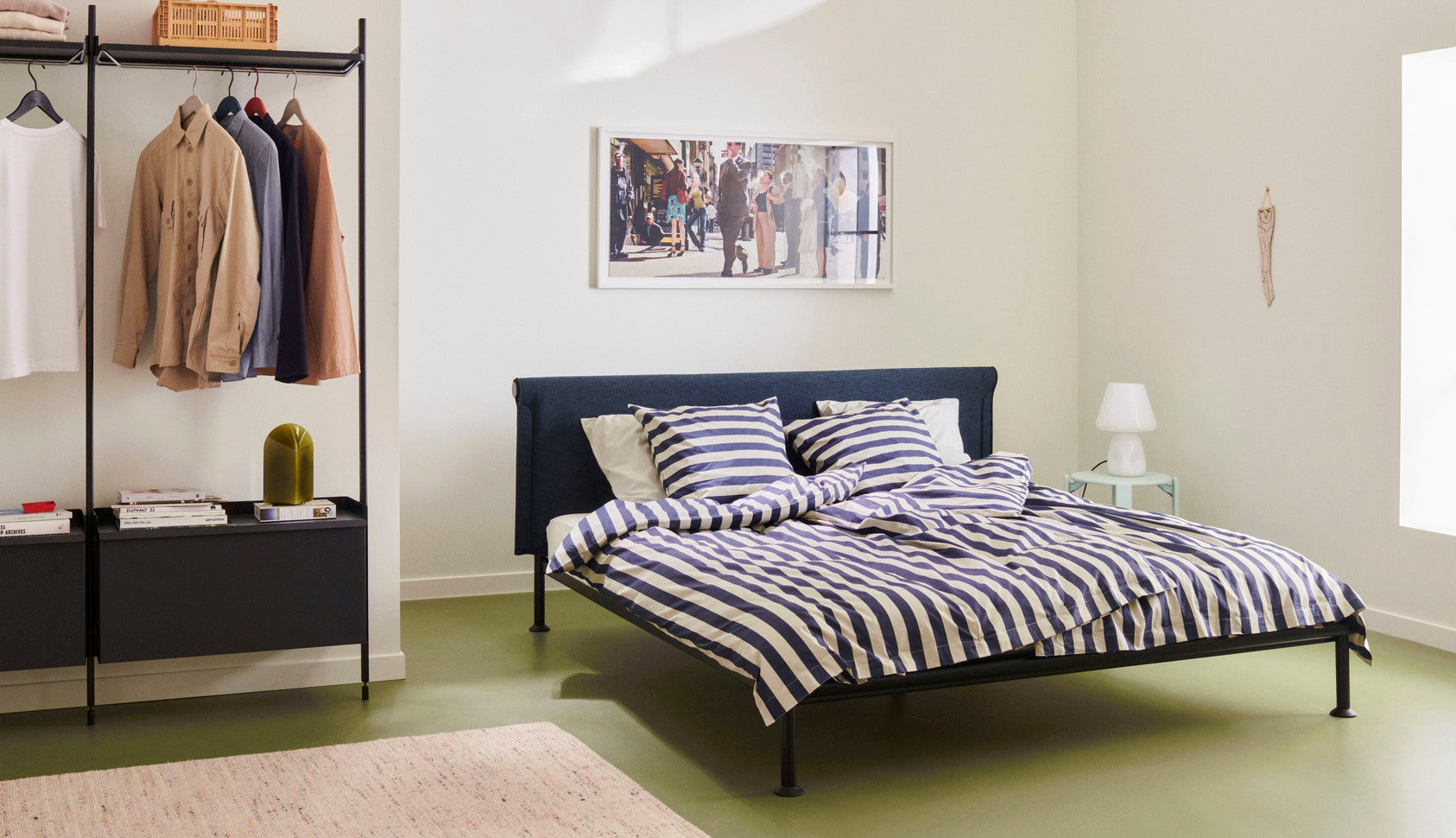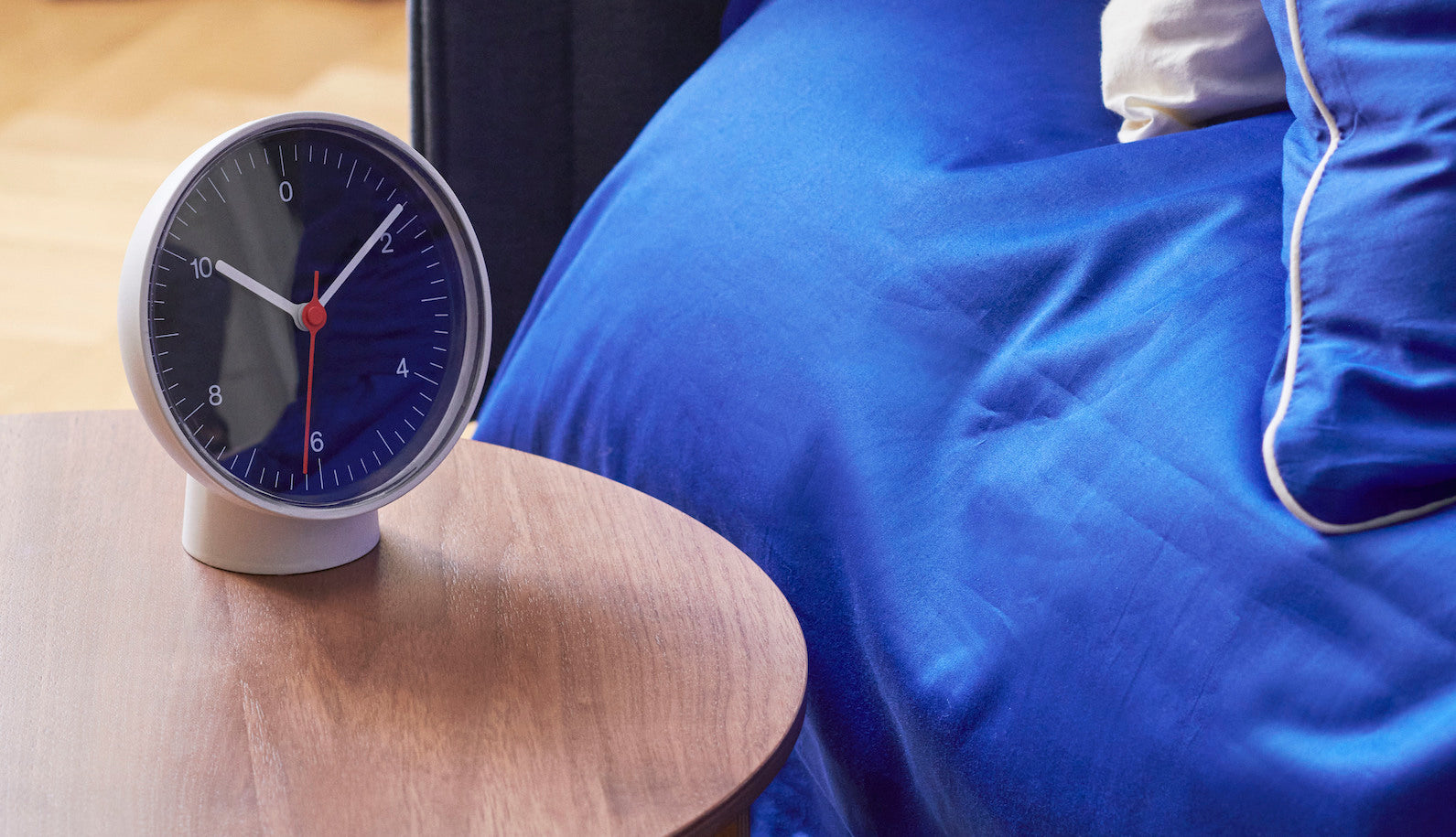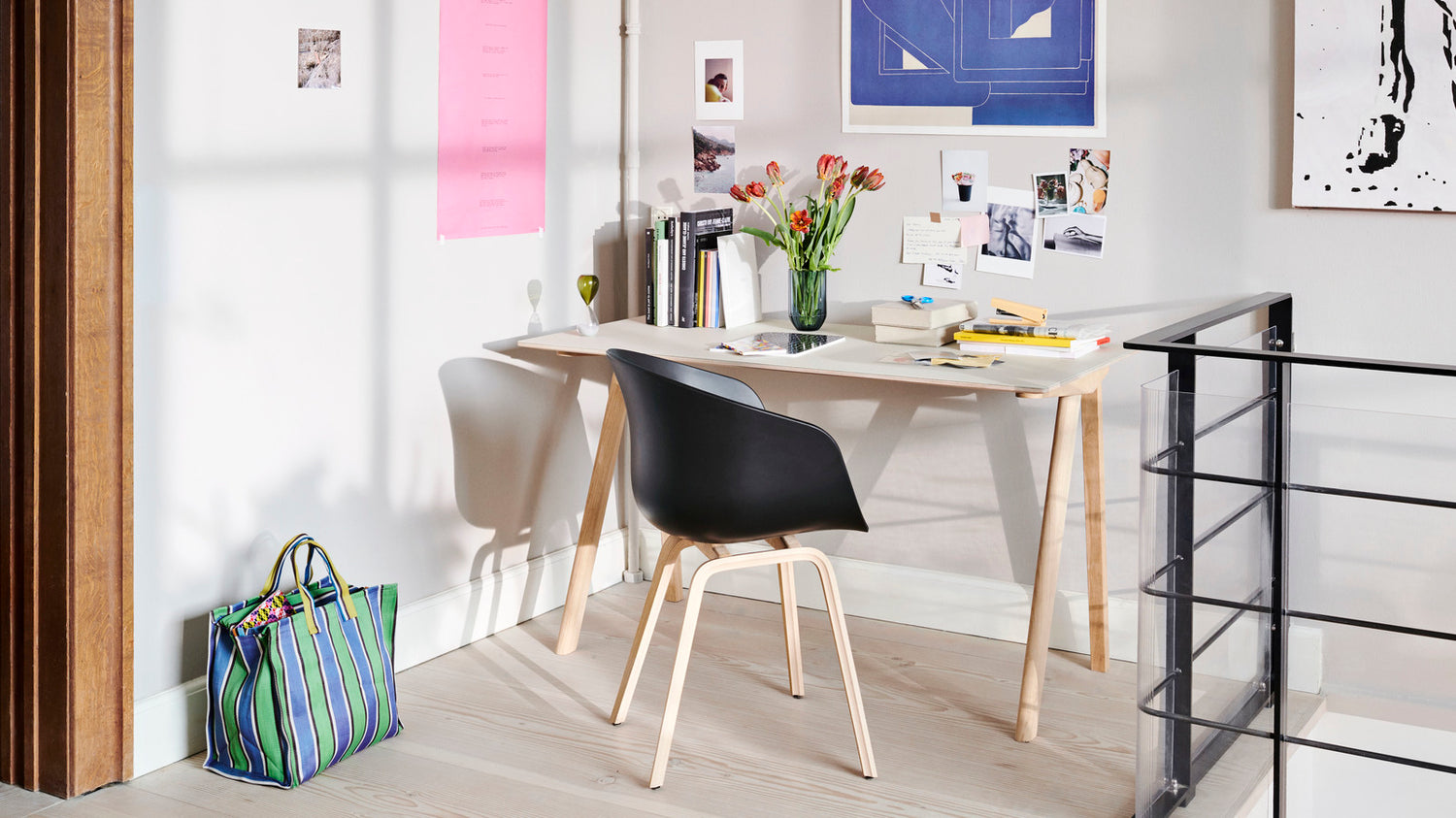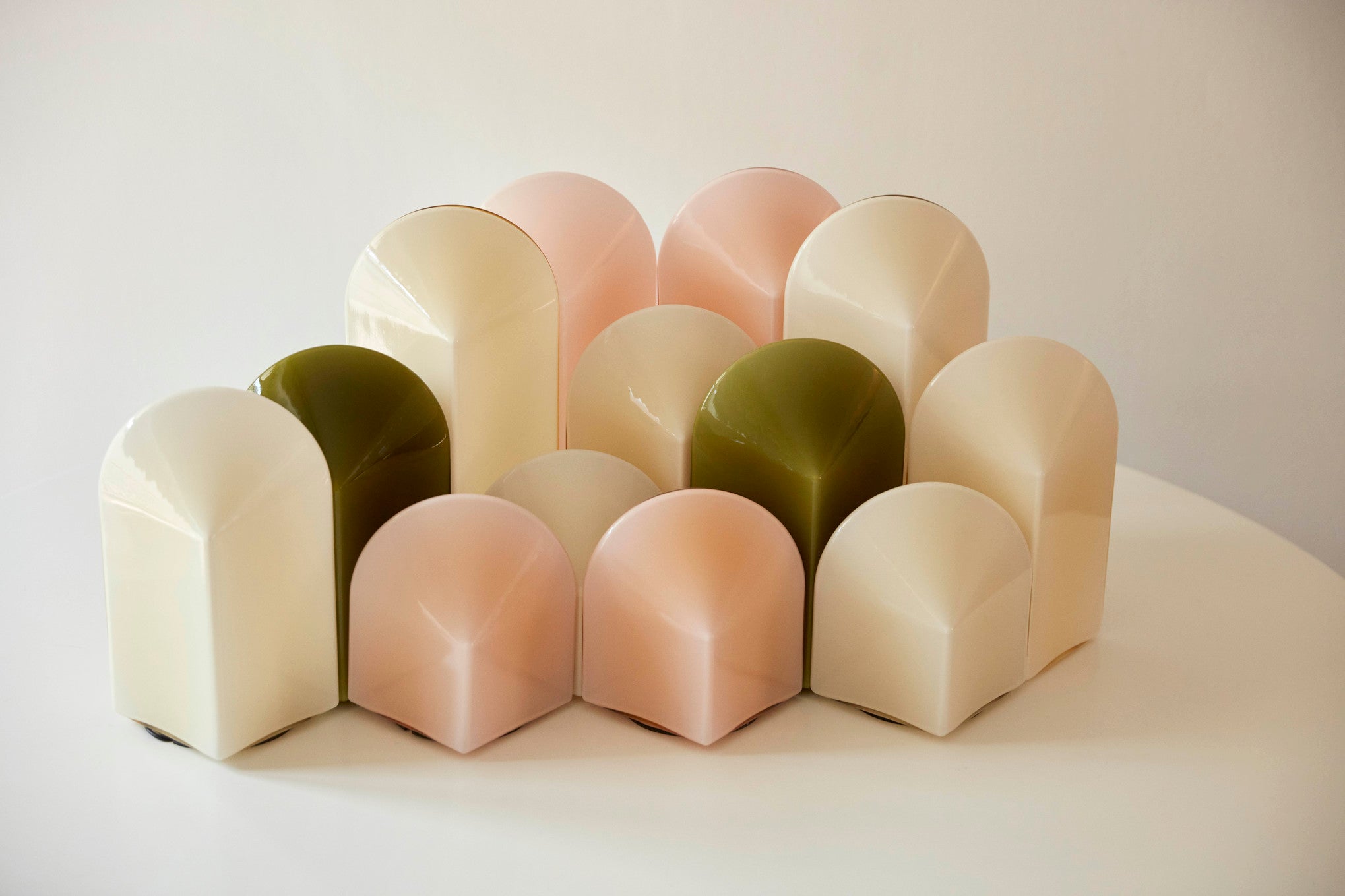Working from home has become a norm for many people in recent years, accelerated by the hybrid working week post-pandemic, and having a functional home office is essential for productivity and comfort. In this article, we will explore some tips and tricks for designing a functional home office that meets your needs and helps you stay focused and organised.
- Choose the right location: The first step to designing a functional home office is choosing the right location. Ideally, you want a space that is quiet, has plenty of natural light, and is away from distractions. If possible, choose a space with a door that you can close to minimise noise and interruptions.
- Invest in a comfortable chair: A comfortable chair is essential for a productive home office. Look for a chair that provides good support for your back and arms and has adjustable height and tilt options. A good chair will help you avoid back and neck pain and allow you to work for long periods without discomfort.
- Consider your storage needs: A cluttered workspace can be distracting and decrease productivity. Consider your storage needs and invest in shelves, drawers, and cabinets to keep your workspace organised. A clean and organised workspace will help you focus on your work and avoid distractions.
- Choose the right desk: Your desk is the centerpiece of your home office, and choosing the right one is essential. Consider the size of your workspace and the type of work you do when choosing a desk. Look for a desk with ample workspace and storage options that can accommodate your computer, printer, and other essential equipment. Explore our range of home working desks.
- Invest in good lighting: Good lighting is essential for a productive workspace. Ideally, you want plenty of natural light, but if that's not possible, invest in task lighting that provides good illumination for your workspace. Avoid harsh lighting that can cause eye strain and headaches.
- Personalise your space: A home office should be comfortable and personalised to your taste. Hang artwork, add plants, and choose decor that makes you feel relaxed and inspired. Personalising your space will help you feel more at ease and boost your creativity.
- Consider ergonomic accessories: Ergonomic accessories like a keyboard tray, monitor stand, and wrist pad can help you maintain good posture and avoid discomfort. Invest in accessories that are comfortable and allow you to work for long periods without strain.


